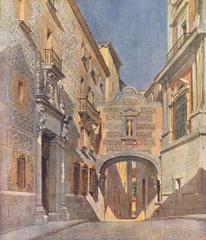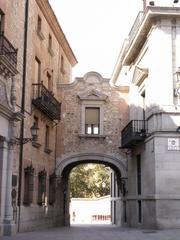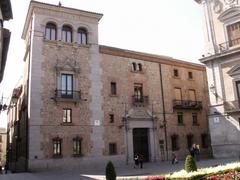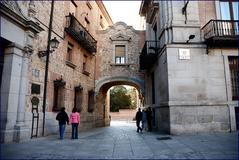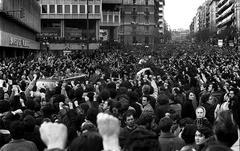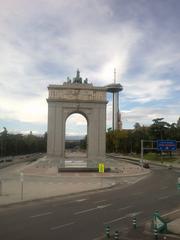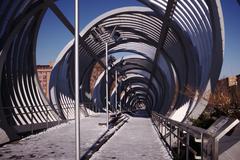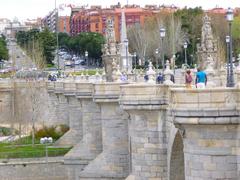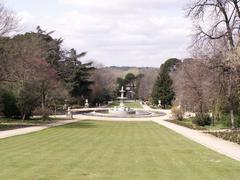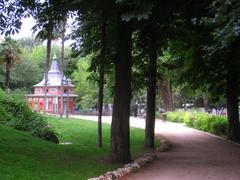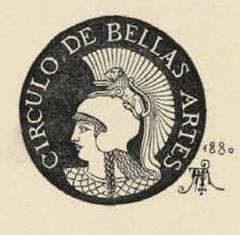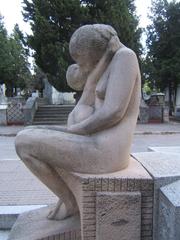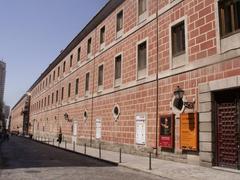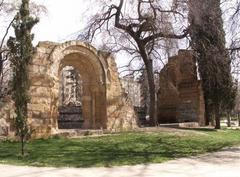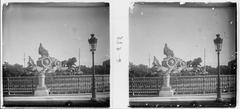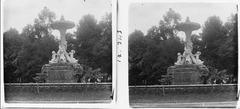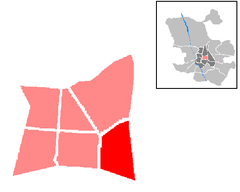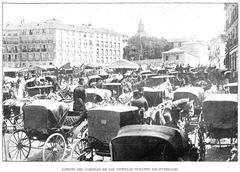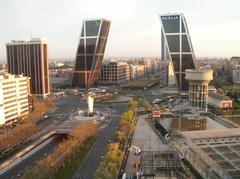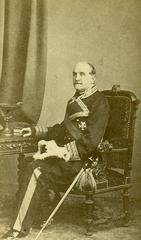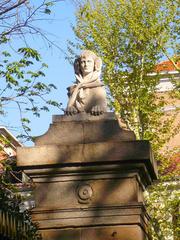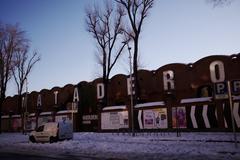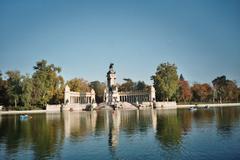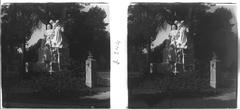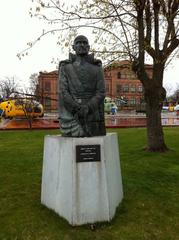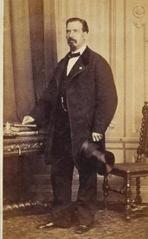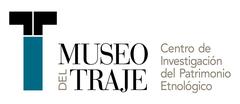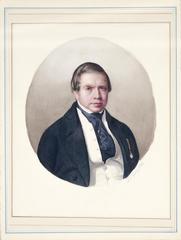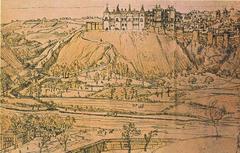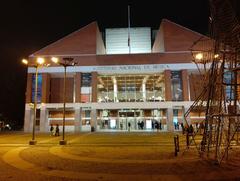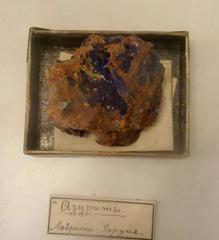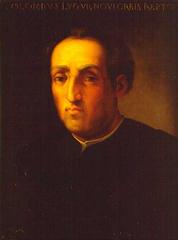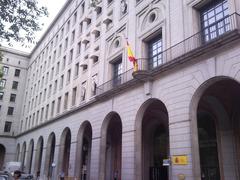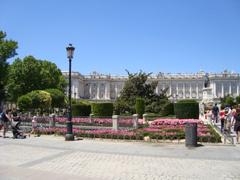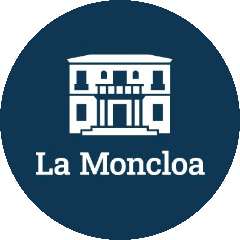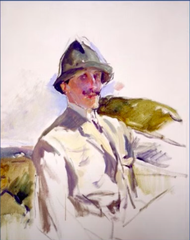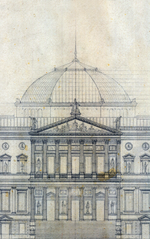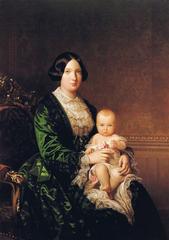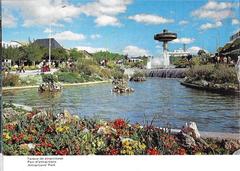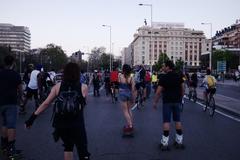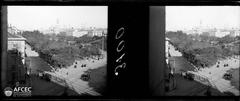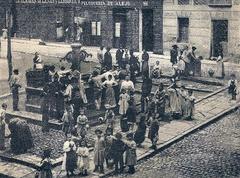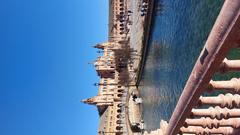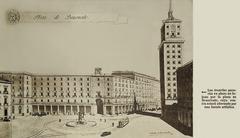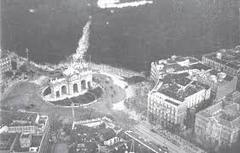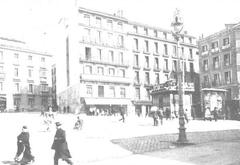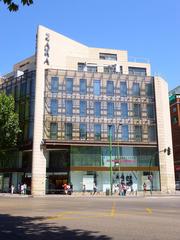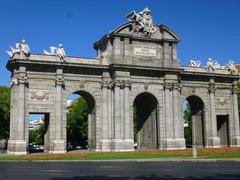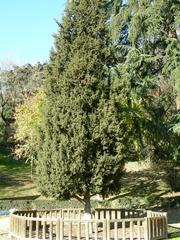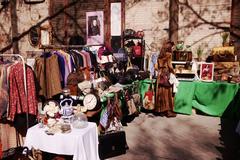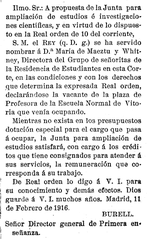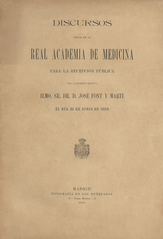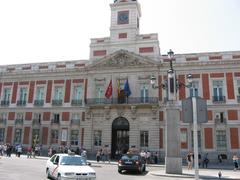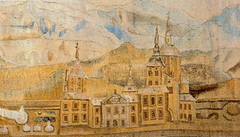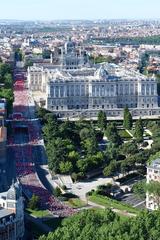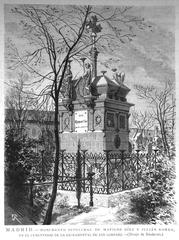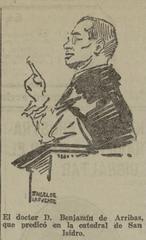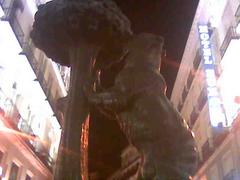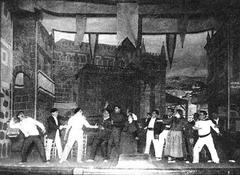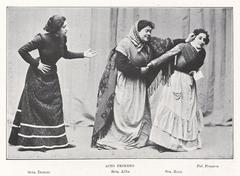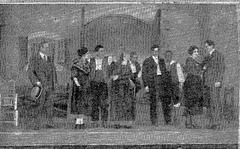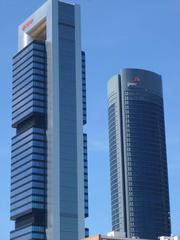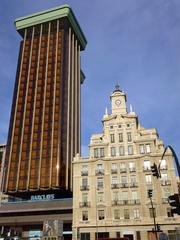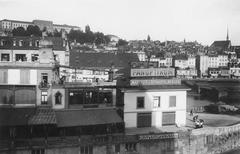
Comprehensive Guide to Visiting Casa de Cisneros, Madrid, Spain
Date: 19/07/2024
Introduction
Casa de Cisneros, nestled in the heart of Madrid’s historic Plaza de la Villa, is an enduring testament to the city’s rich historical and cultural tapestry. This architectural marvel, commissioned by Benito Jiménez de Cisneros in the 16th century, boasts a fascinating blend of Plateresque and Baroque styles, reflecting the evolution of Spanish architecture (Madrid Tourism). Over the centuries, Casa de Cisneros has played host to various notable figures and events, including serving as the residence of Francisco Franco during the early years of his regime. Today, it stands as a significant historical monument, drawing tourists, historians, and architecture enthusiasts alike with its intricate stone carvings, grand interiors, and rich historical narrative. This comprehensive guide aims to provide visitors with all the essential information needed to explore Casa de Cisneros, including visiting hours, ticket prices, and nearby attractions. Whether you’re a history buff, an architecture aficionado, or a curious traveler, Casa de Cisneros offers an unforgettable journey into Madrid’s storied past.
Table of Contents
- Introduction
- History of Casa de Cisneros
- Visitor Information
- Travel Tips
- Nearby Attractions
- Notable Events and Figures
- Preservation and Restoration Efforts
- Modern-Day Relevance
- FAQ
- Conclusion
History of Casa de Cisneros
Origins and Construction
Casa de Cisneros was commissioned by Benito Jiménez de Cisneros, nephew of Cardinal Cisneros, a prominent figure in Spanish history. The construction of Casa de Cisneros began in 1537 and was completed in 1539. The building was designed in the Plateresque style, characterized by elaborate and intricate ornamentation. It originally served as a private residence for the Cisneros family.
Architectural Evolution
Over the centuries, Casa de Cisneros has undergone several modifications and restorations. In the 18th century, the building was expanded to include Baroque elements. The most significant transformation occurred in the early 20th century when it was integrated into the larger complex of the Plaza de la Villa. This integration involved constructing a bridge that connected Casa de Cisneros to the adjacent Casa de la Villa, creating a unified architectural ensemble.
Historical Significance
Casa de Cisneros is associated with notable historical figures and events. It has been the residence of various influential individuals, including Francisco Franco, the Spanish dictator, who used the building as his official residence during the early years of his regime.
Visitor Information
Ticket Prices
Tickets for Casa de Cisneros can be purchased online or at the entrance. Prices vary depending on age and group size. Discounts are available for students, seniors, and children.
Opening Hours
Casa de Cisneros is open to the public from Tuesday to Sunday. Visiting hours are from 10:00 AM to 6:00 PM. It is closed on Mondays and public holidays.
Guided Tours
Guided tours are available and highly recommended for those who want to learn more about the history and architecture of Casa de Cisneros. Tours are conducted in multiple languages, including English and Spanish.
Travel Tips
Best Time to Visit
The best time to visit Casa de Cisneros is during the spring and fall when the weather is pleasant, and the tourist crowds are smaller.
Photography
Photography is allowed inside the building, but flash photography is prohibited to preserve the artworks and furnishings.
Accessibility
Casa de Cisneros is partially accessible to visitors with disabilities. It’s recommended to contact the venue in advance to arrange any necessary accommodations.
Nearby Attractions
Plaza de la Villa
Located adjacent to Casa de Cisneros, this historic square is one of the oldest in Madrid and features other notable buildings such as Casa de la Villa and Torre de los Lujanes.
Royal Palace
A short walk from Casa de Cisneros, the Royal Palace is one of Madrid’s most famous landmarks and offers tours of its opulent interiors. More information can be found on the Royal Palace website.
Puerta del Sol
This bustling public square is a central point in Madrid and home to various shops, cafes, and historical landmarks.
Notable Events and Figures
One of the most significant events in Casa de Cisneros’ history was the signing of the Treaty of Madrid in 1526, which marked the end of hostilities between Spain and France. Prominent figures associated with the building include King Philip II, who used it as a temporary residence during his visits to Madrid.
Preservation and Restoration Efforts
Extensive restoration work has been carried out to address structural issues and restore Casa de Cisneros’ original features. These efforts aim to preserve its unique architectural elements, such as its Plateresque façade and Baroque interiors, while ensuring its functionality as a cultural and historical site.
Modern-Day Relevance
Today, Casa de Cisneros stands as a testament to Madrid’s rich historical and architectural heritage. It serves as a venue for various cultural events, including art exhibitions, lectures, and performances, further cementing its role as a cultural hub in Madrid.
FAQ
What are the visiting hours for Casa de Cisneros?
Casa de Cisneros is open from Tuesday to Sunday, 10:00 AM to 6:00 PM.
How much are tickets for Casa de Cisneros?
Ticket prices vary, with discounts available for students, seniors, and children.
What is the best time to visit Casa de Cisneros?
The best time to visit is during the spring and fall.
Conclusion
Casa de Cisneros is a significant historical and architectural landmark in Madrid, Spain. Its rich history, association with notable events and figures, and unique architectural features make it a must-visit destination for tourists and history enthusiasts. The ongoing preservation and restoration efforts ensure that the building’s historical and architectural integrity is maintained, allowing future generations to appreciate its beauty and significance. Visitors to Casa de Cisneros can explore its beautifully preserved interiors, learn about its rich history, and experience its cultural significance through various events and exhibitions.
For more information and updates, be sure to check the official Madrid tourism website and follow us on social media.

